Field Wild Herbs
Colorful companions of great value
The Administration Office has been supporting the propagation and reintroduction of selected native wild herbs for several years. In horticultural cultivation, regional mother stocks of wild herbs are multiplied and the newly obtained seeds are reintroduced to selected grain fields in cooperation with agricultural enterprises. The aim is to promote the (re-)spread of native wild herbs.
Originally, field wild herbs originate in the eastern Mediterranean region. There, the cultivation of cereal began around 10,000 years ago. Together with the various types of grain, the wild herbs also spread. Due to their origin, most types of wild herbs love heat and sunlight. They have adapted perfectly to life in the field and require a light cereal cover. By regularly turning over the soil, their seeds can germinate again every year, but also periodic fallowing supports their development.
In Germany, there are more than 180 different field wild herbs, including well-known species such as poppy or cornflower. In Bavaria, almost 2/3 of these species are now endangered. This is due to the increasingly effective seed cleaning and the more efficient cultivation of fields: due to increased weed control, the use of large amounts of fertilizer, improved seed cleaning and the cultivation of new varieties of cereals that grow densely, there are hardly any wild herbs left in our fields.
Unfortunately, they are often seen as “weeds” these days. However, with proper management, wild herbs do not pose a problem in the field. A profitable harvest and ecologically valuable wild herbs can be well combined.
Wild & Cultivated: The starting signal for the protection of field wild herbs
The three-year INTEREG project “Wild and Cultivated – Sowing Regional Diversity” kicked off the protection of wild field herbs in the Berchtesgadener Land region. The project was financed within the framework of the EU funding program Interreg V Austria Bavaria 2014-2020. Thus, since 2016, regional mother stocks of arable wild herbs have been propagated in horticultural cultivation and the newly obtained seeds have been reintroduced to cereal fields together with agricultural businesses. The goal is to promote the reintroduction of native wild herbs. Volunteers also contribute to the propagation of wild herbs by growing plants in their gardens or on their balconies and harvesting the seeds. Together with committed farmers, the seeds obtained are spread again on the grain fields in the district.
Wild herbs for agriculture
Do you have fields where we could spread and propagate native field wild herbs? Or do you already have wild herbs in your fields that can be harvested? Please feel free to contact us!
Seed Bags
Wild field herbs are of great importance for insects, and some of the species are already threatened with extinction. By growing them in your own garden, you are supporting biodiversity in the Berchtesgadener Land biosphere region.
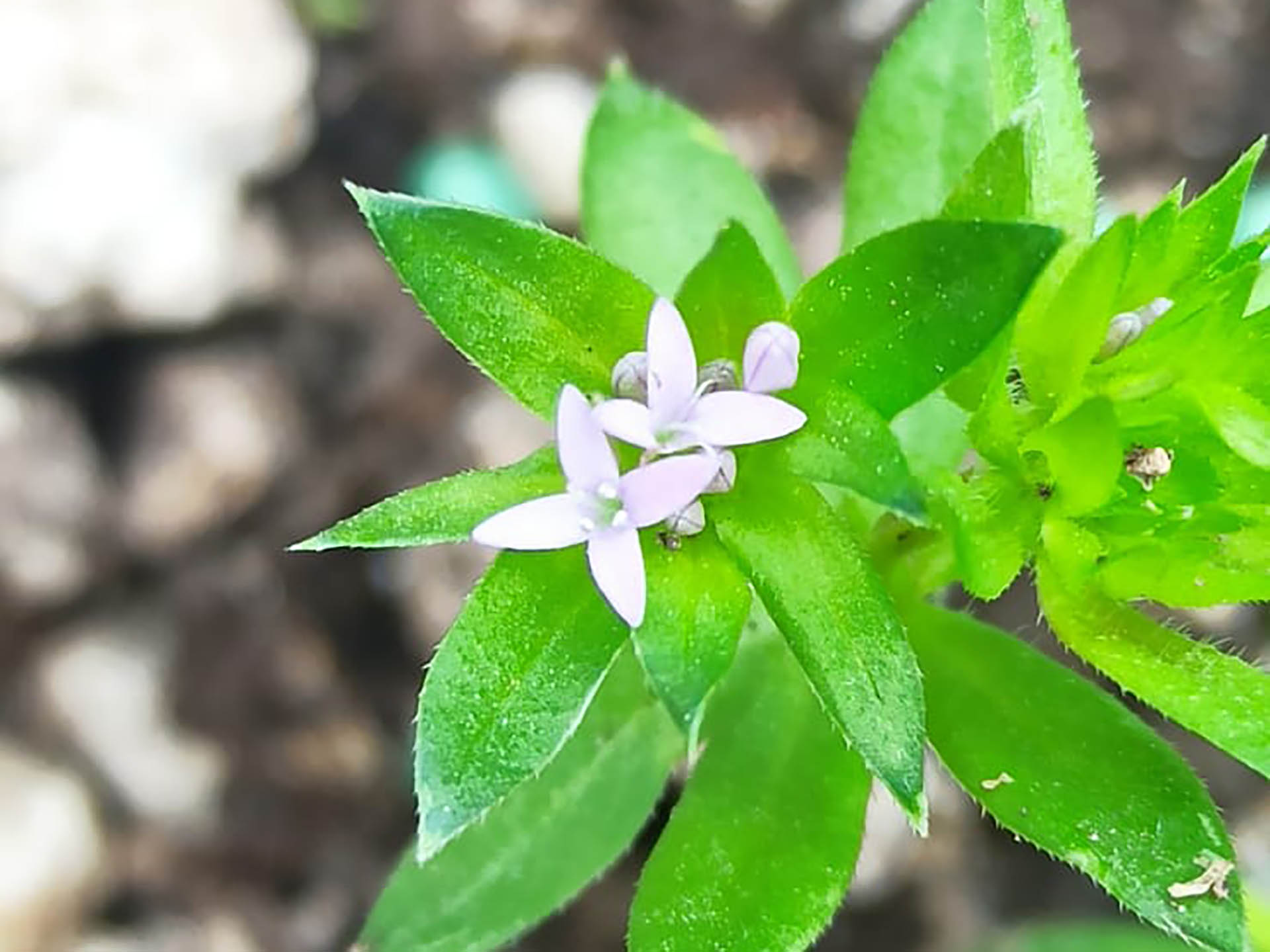
Blue field madder
The German name "Ackerröte" refers to its former use in the dyeing of red fabrics.
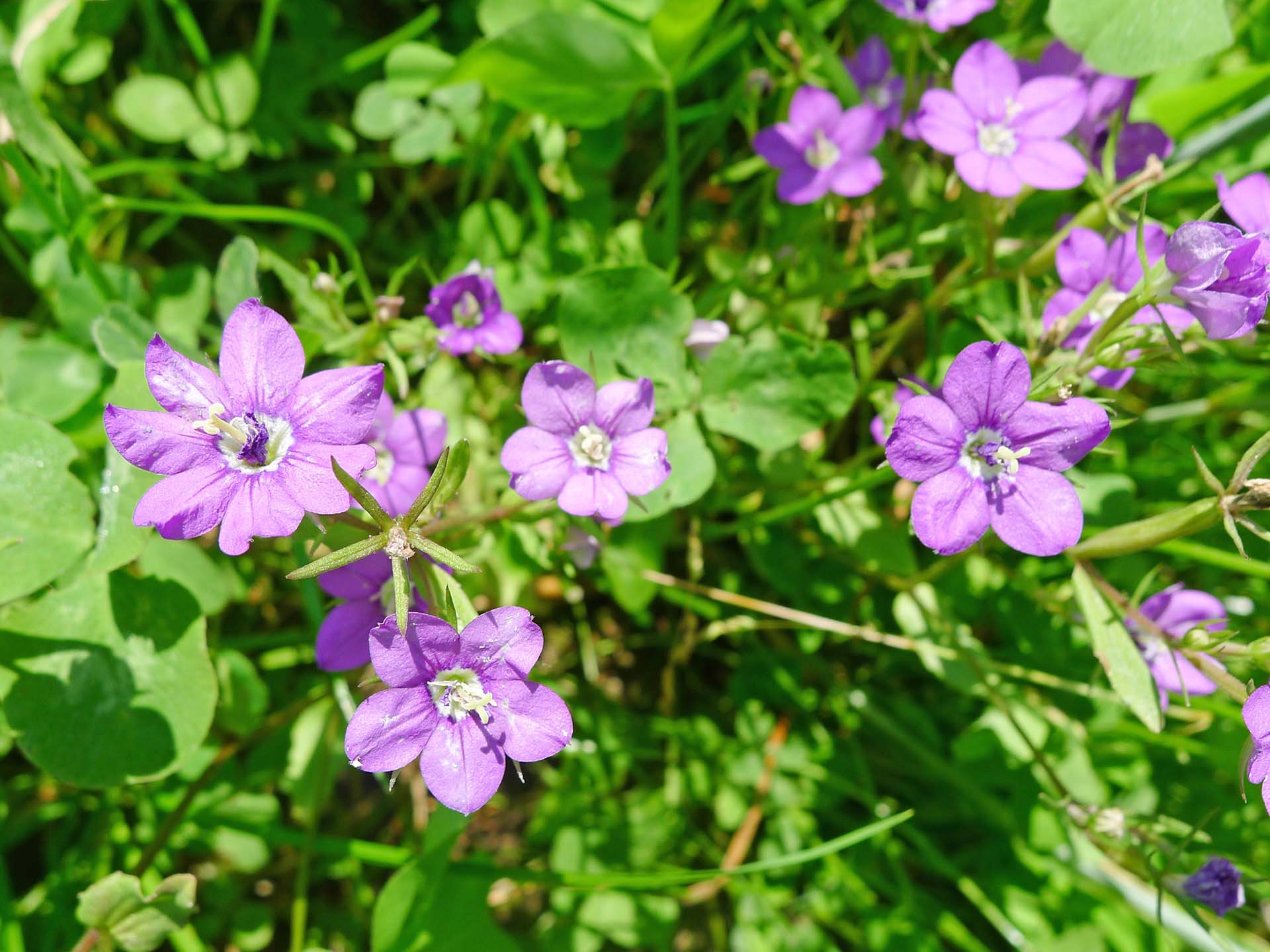
Large Venus's looking glass
The Venus’ looking glas has a white set off flower sap mark. Together with the three-divided branches, it resembles the symbol for women.
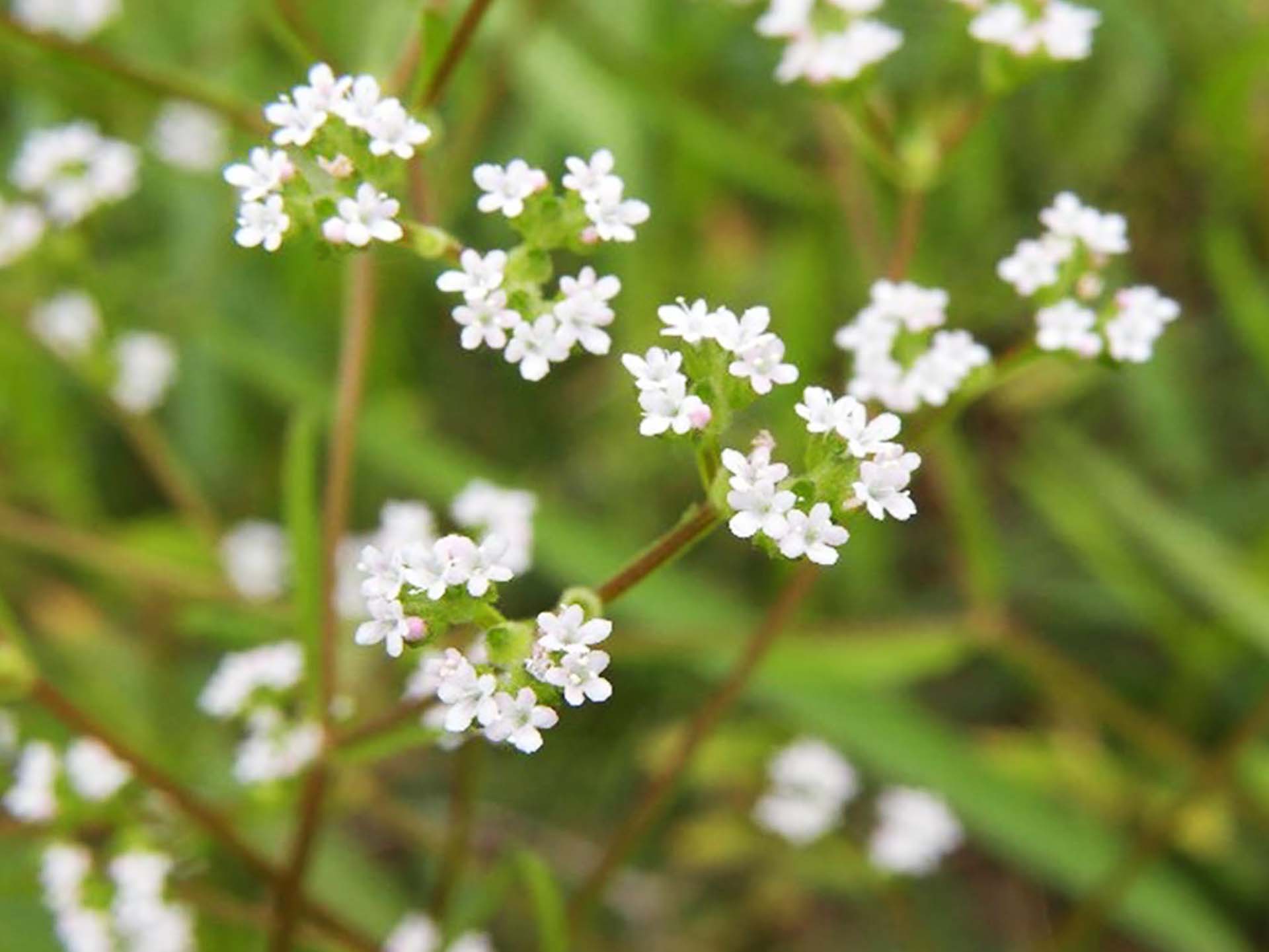
Broad-fruited cornsalad
The broad-fruited cornsalad (furrowd lamb’s lettuce) is related to the common lamb's lettuce, which we appreciate in a salad.

Cornflower
Cornflowers are the most common companions of wheat, barley & Co, this is how they got their name.
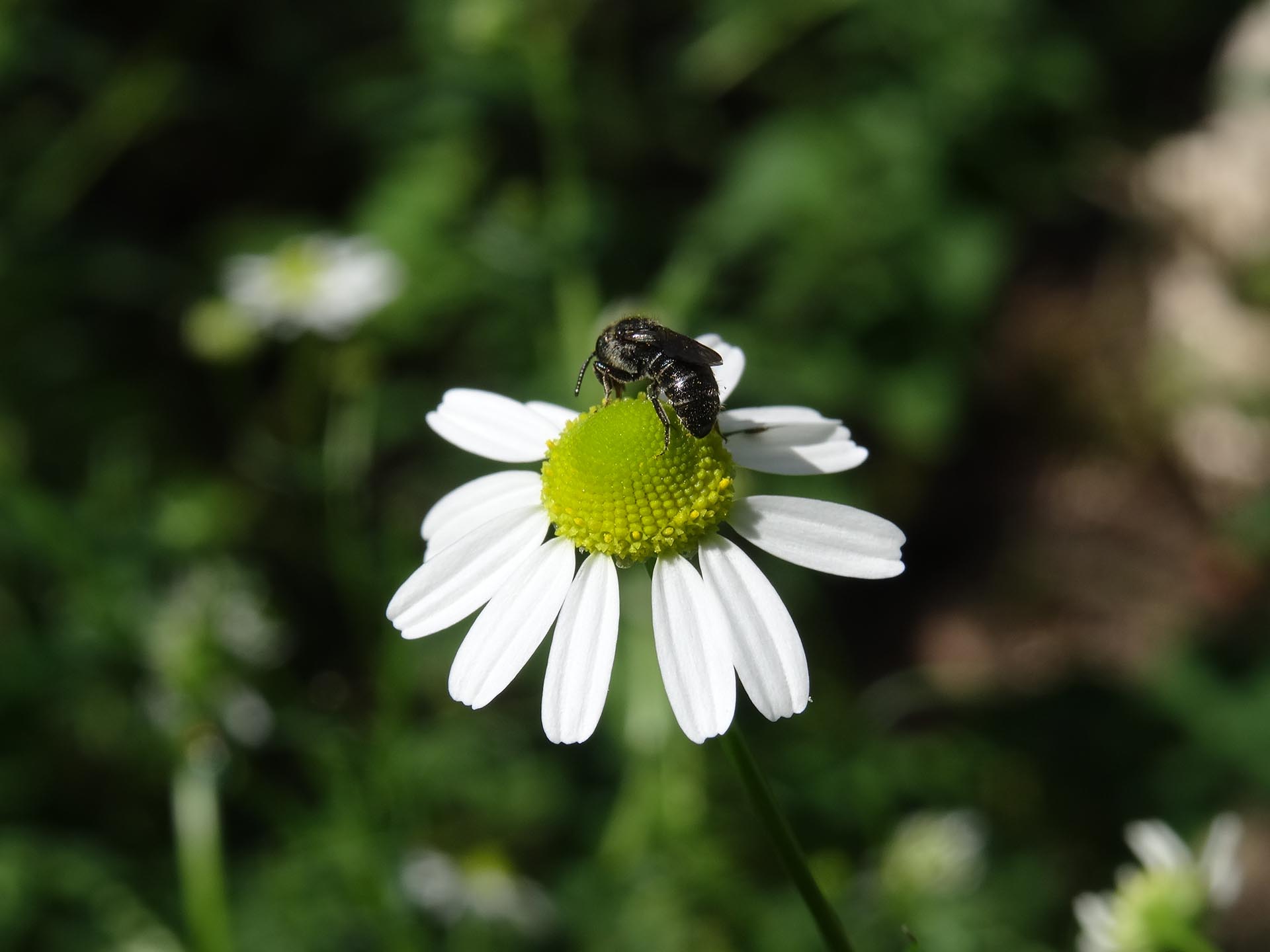
Chamomile
Chamomile is one of the best known medicinal herbs. The cultivated form is grown on a large scale in Germany.
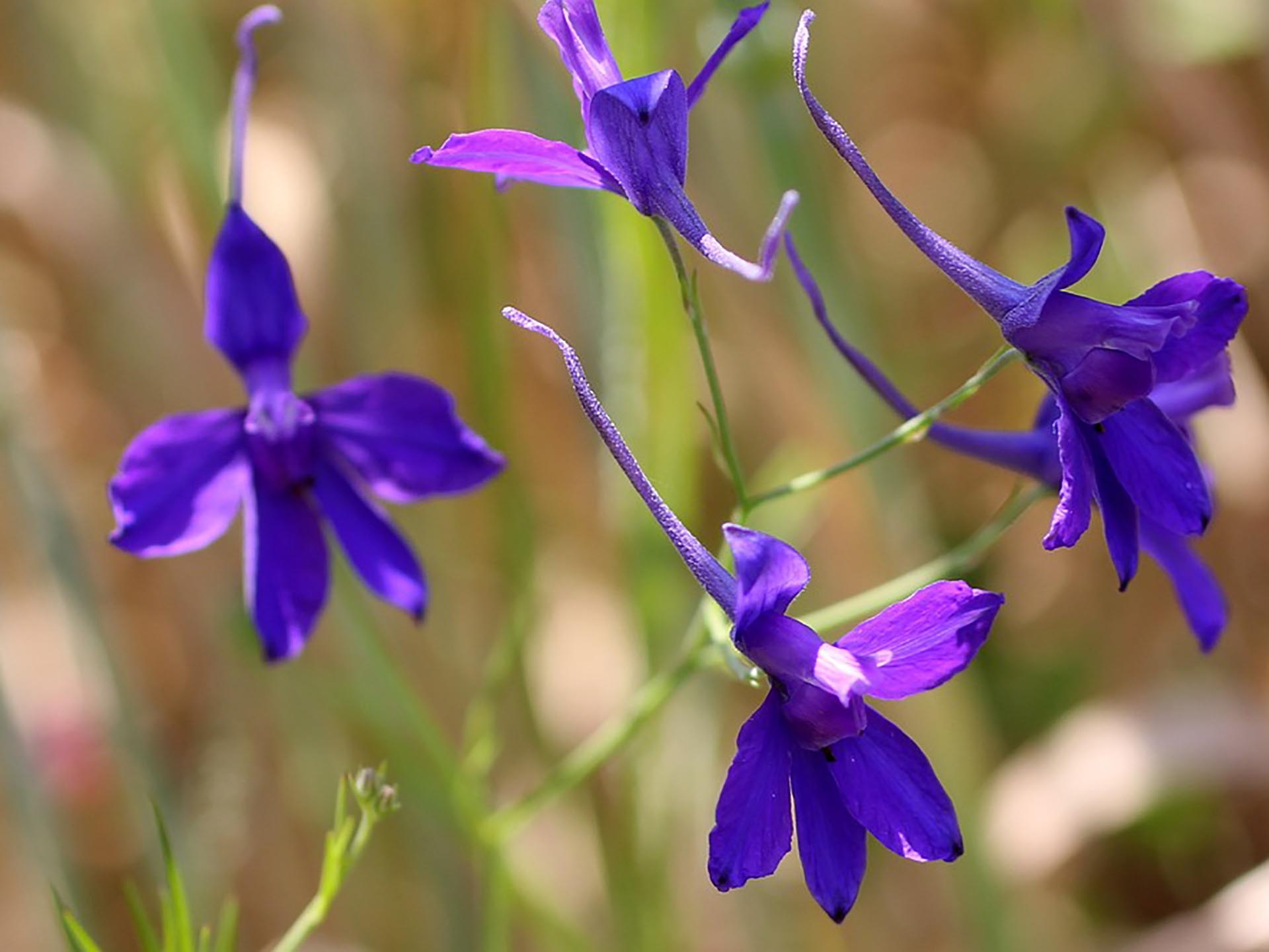
Field Larkspur
The name " larkspur " is explained by the shape of the flower, in which a hollow protuberance, a spur, is visible.
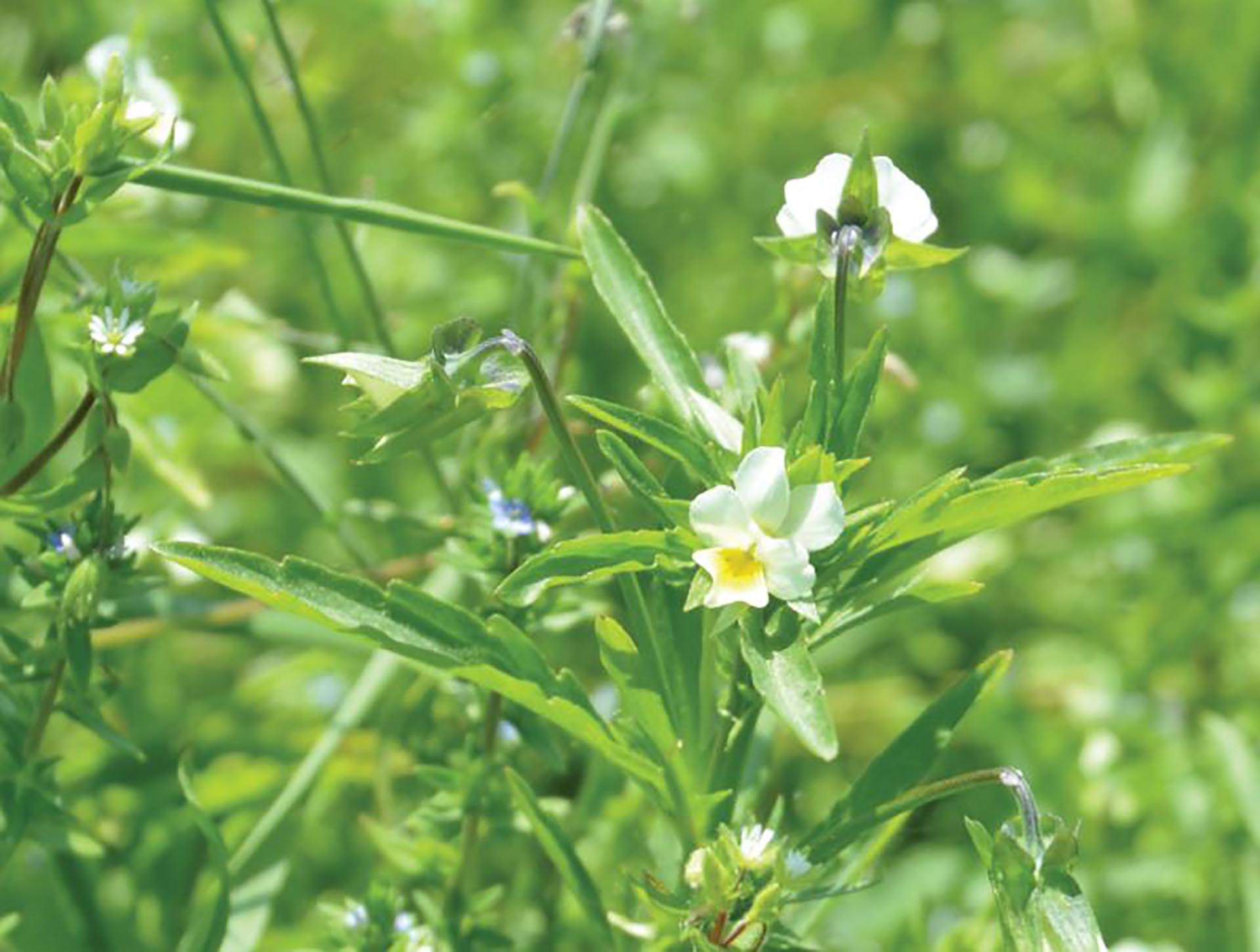
Field Pansy
The German name Stiefmütterchen (little stepmother) derives from the arrangement of the petals. The center one represents the stepmother, the following two the daughters and the last two the stepdaughters.
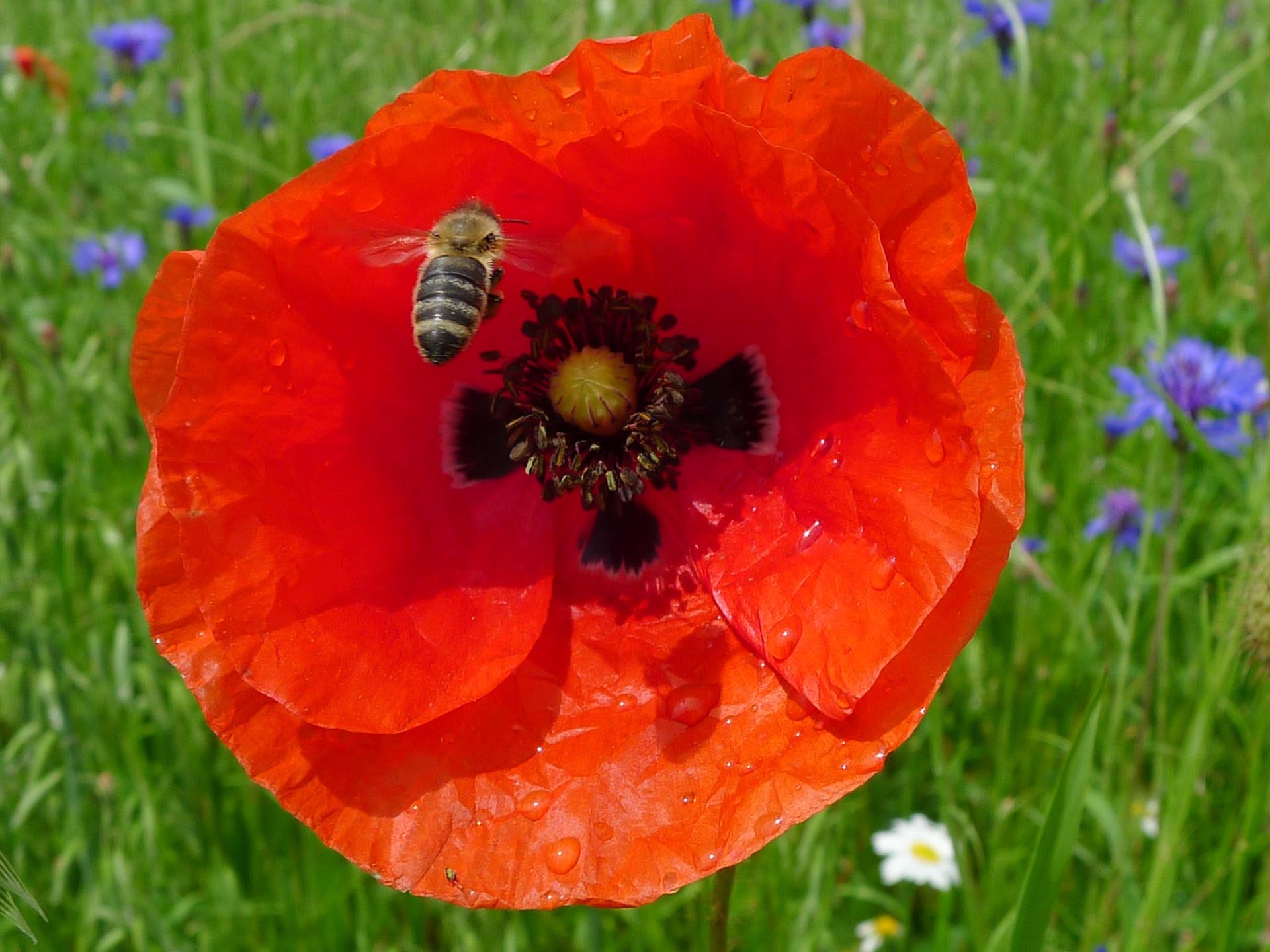
Red poppy
The edible poppy seeds do not come from the red poppy, but from the related opium poppy.

Your contact person
Sabine Pinterits
Landscape ecology and biodiversity